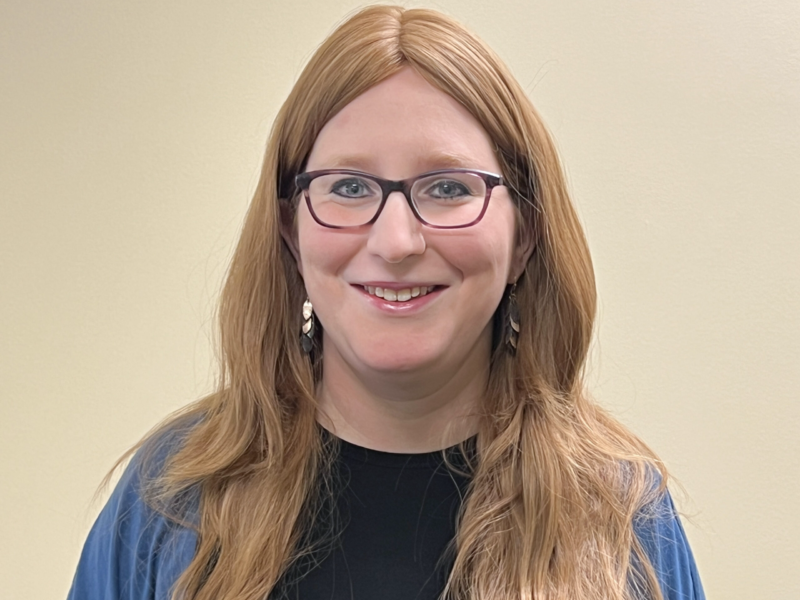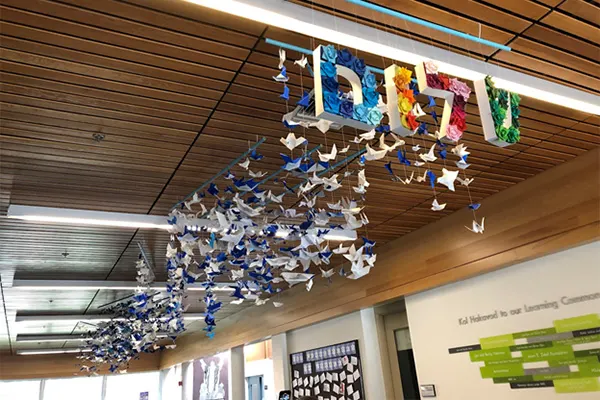Developed as a close combat technique by the Israel Defense Forces, Krav Maga was founded by Imi Lichtenfeld, who added street fighting techniques to his formal training in boxing and wrestling when he was faced with ethnic violence on the streets of 1930s’ Prague. After moving to pre-state Israel, he began to synthesize his skills to create a close combat technique for the armed services. When he retired from the IDF in 1964, he began to adapt the technique for civilians.
Today Krav Maga (contact combat in Hebrew) is taught for self-defense and fitness around the world. A web search lists five Krav Maga locations in the Portland metro area: Krav Maga Self Defense & Fitness with locations in Beaverton and Milwaukie (kravmagaportland.com); East West Martial Arts with two locations in Vancouver, WA (vancouvermartialarts.com); and 360 Krav Maga in Clackamas (portlandkravmaga.com).
Krav Maga Self Defense opened in 2003 with a location in the Raleigh Hills area. Owner and instructor Mark Blake now has two schools that serve about 475 students. To find out what all the buzz is about, I tried out an introductory class. The noon beginners’ class had about 15 men and five women who started out with a warm-up of laps, crunches, pushups and stretches. Then Mark demonstrated a series of techniques and students paired up to try each move.
I also talked to Mark about his passion for Krav Maga.
When did you discover Krav Maga?
Mark: I began to take seminars in 1998.
Why did you decide to teach Krav Maga?
Mark: After 30 years as a karate instructor, I wanted to teach adults. Industry surveys show that adults want to get in better shape and learn to defend themselves. Krav Maga really addresses those two issues. The fitness benefits are huge and self-defense is why it was developed. All the moves are immediately applicable to self-defense.
If it was developed for soldiers, why does it work so well for the average person?
Mark: When Israel was founded, it didn’t have a huge army of gladiators; everyone had to fight. So it’s not based on strength, power or athleticism. It works for smaller people against larger attackers, so it’s very popular for women.
Why is it effective?
Mark: There are no rules when you’re fighting for your life, so we teach “dirty fighting,” striking vulnerable targets such as the eyes, nose, throat, groin and secondarily knees and shins to make the attacker fall. We also teach leverage and position in relation to the attacker.
Why is leverage important?
Mark: If your attacker is stronger, you need to use leverage rather than strength. So we work on techniques to tilt or twist the neck, or bend fingers, elbows or other joints against the direction they normally move.
What is the age range of your students?
Mark: Most people are 25 to 40, but we have some teens and some into their 60s. Everyone gets benefits.





